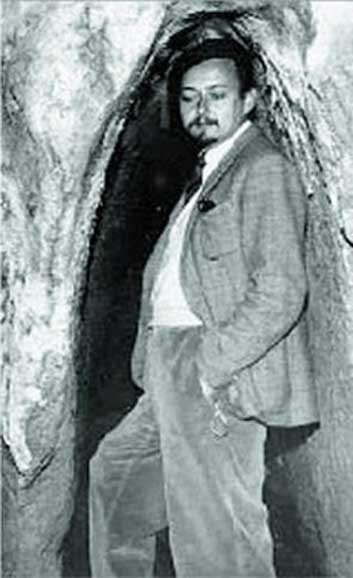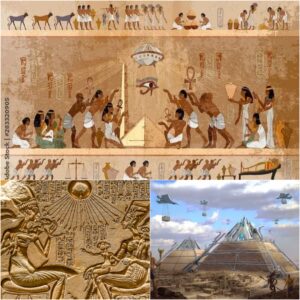
The so-called “Tulli Papyrus” remains a mysterious and intriguing ancient Egyptian text, often interpreted as an account of the earliest recorded UFO sighting around 1480 BC during the 18th dynasty. This document, however, has sparked debates and skepticism regarding its authenticity and the nature of the described events.
The Tulli Papyrus gained attention in the 1930s when Alberto Tulli, a director of the Egyptian section of the Vatican museum, claimed to have discovered it in an antique shop in Cairo. Tulli, unable to afford the original, made a copy of the papyrus, later transcribing it with hieroglyphs instead of the original hieratic script. The questionable circumstances surrounding its discovery and the lack of an original document raise concerns about its validity.
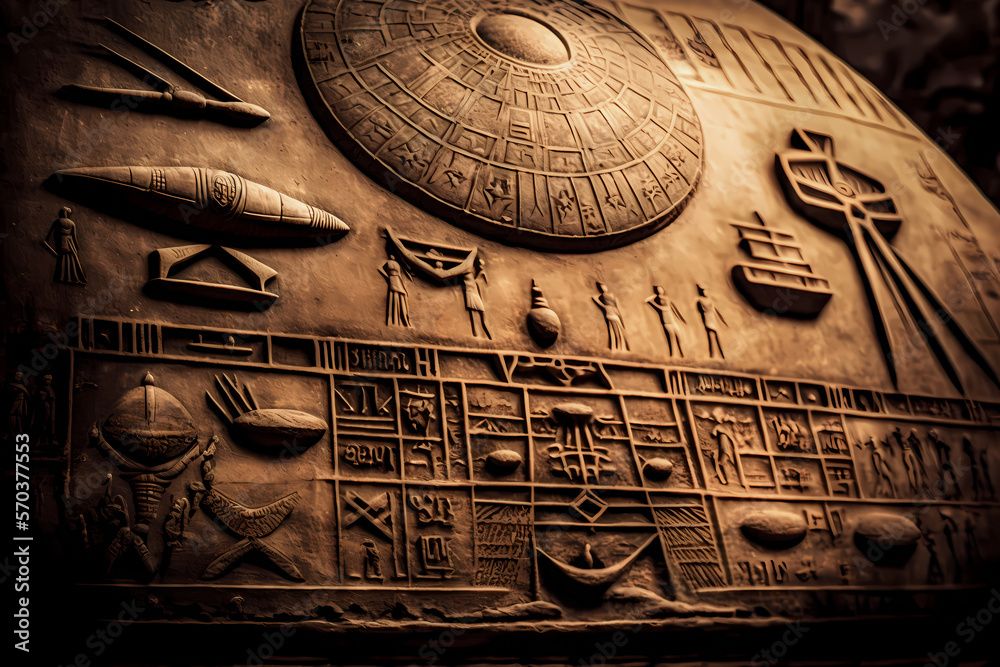
The translated text describes a fascinating event involving “fiery disks” in the sky, witnessed by many. While Prince Boris de Rachewiltz and anthropologist R. Cedric Leonard provided translations, the authenticity of the papyrus is still under scrutiny. Some argue that the Egyptians’ advanced knowledge of astronomy makes it unlikely for them to mistake natural phenomena for a UFO.
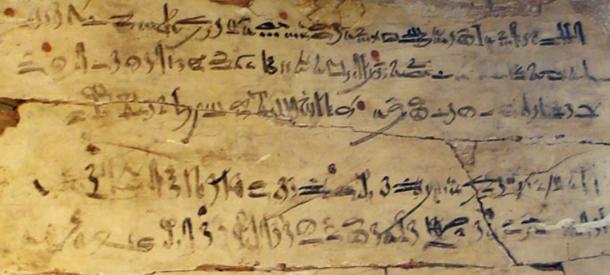
Despite the translations by Rachewiltz and Leonard, doubts persist. The fact that the papyrus doesn’t mention the Pharaoh by name adds complexity to the mystery. Additionally, the lack of concrete evidence and the reliance on a single source for the existence of the document raise questions about its credibility.
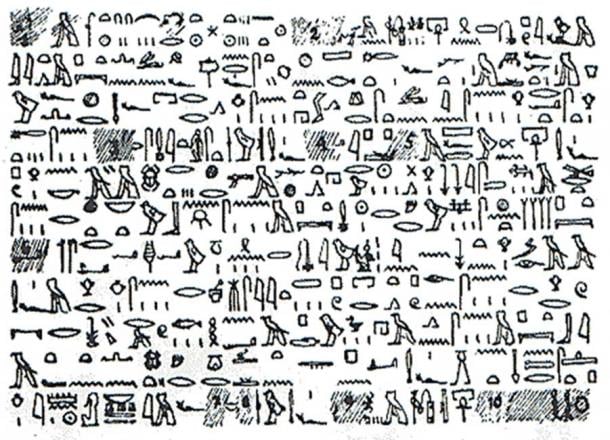
The Tulli Papyrus continues to be a subject of speculation and debate within UFO-related folklore. Until further evidence emerges to either validate or debunk its claims, the truth behind the “circles of fire” described in the text remains elusive. As Mulder from X-Files famously said, “The truth is out there!”
